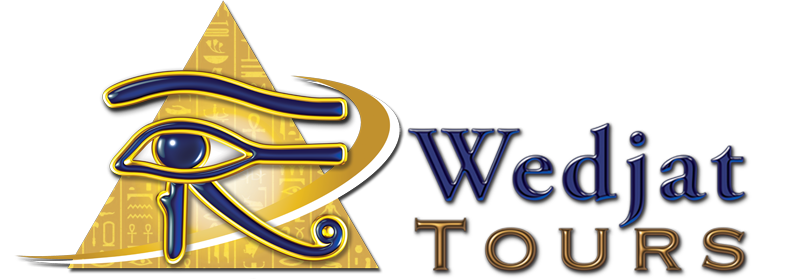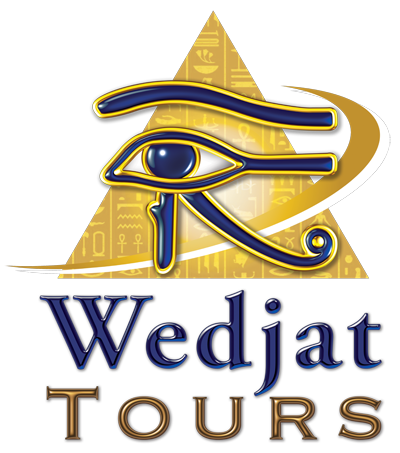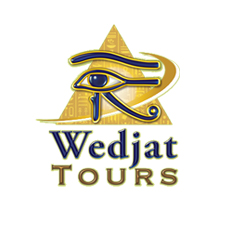The pyramids of Giza and the Great Sphinx are among the most popular tourist destinations in the world, and indeed already were even in Roman times. Each of these spectacular structures served as the final resting place of a king of the 4th Dynasty (c.2613–2494 BC). The Great Pyramid of Giza was built for king Khufu (c.2589–2566 BC), and the other two for Khafre and Menkaure, his son and grandson. Khufu’s pyramid is both the oldest and largest of the three, and the first building to exceed it in height would not be built for another 3,800 years!
Although the three pyramids dominate the plateau, they are in fact surrounded by many other monuments. Every king’s pyramid was just one element albeit the most important of a larger complex that included smaller, subsidiary, queens’ pyramids; an additional one that acted as a second, symbolic, tomb for the king, called a satellite pyramid; mastaba tombs for nobility and other family members; burials of actual and/or symbolic boats; and a pair of temples linked by a richly decorated causeway. One of these temples, called the valley temple, led into the pyramid complex, and was located on or near a body of water where boats could dock. The other, the funerary (or upper) temple, stood near the base of the pyramid. Priests maintained the mortuary cult of the deceased king in these temples, where his divine aspect was worshiped, and where rich and diverse offerings were presented to his soul so he could have a peaceful and luxurious afterlife.
Two of the largest preserved Old Kingdom cemeteries form a part of the pyramid complex of king Khufu (c.2589–2566 BC) in Giza. Called the Eastern and Western Cemeteries after their positions relative to the Great Pyramid, they include the tombs of members of the royal family and the highest-ranking nobles. As such, they contain some of the most beautiful tomb decorations from this period.
The cemeteries consist mostly of mastabas, but rock-cut tombs are attested as well. The term mastaba (Arabic for “bench”) refers to a type of funerary structure that was generally rectangular in shape and built over the tomb proper, which was underground. Most of the mastabas of the Eastern and Western Cemeteries were built during the reign of Khufu, in tandem with his pyramid complex, whereas the rock-cut tombs were for the most part built later.
Most of the tombs of the Eastern Cemetery dating to the reign of Khufu were intended for his closest relatives. The rock-cut tomb of his mother, queen Hetepheres I, along with her funerary equipment, was discovered here, and it is the site of the mastaba of his half-brother Ankh-haf, who had an important administrative position in the construction of the Great Pyramid. On the other hand, the mastabas of the Western Cemetery, which are mostly arranged in an orderly grid, were reserved for very high-ranking noblemen that were not as closely related to the king. Among them is the monumental mastaba of Hemiunu, who oversaw the building of the Great Pyramid.





 And then Add to Home Screen.
And then Add to Home Screen.